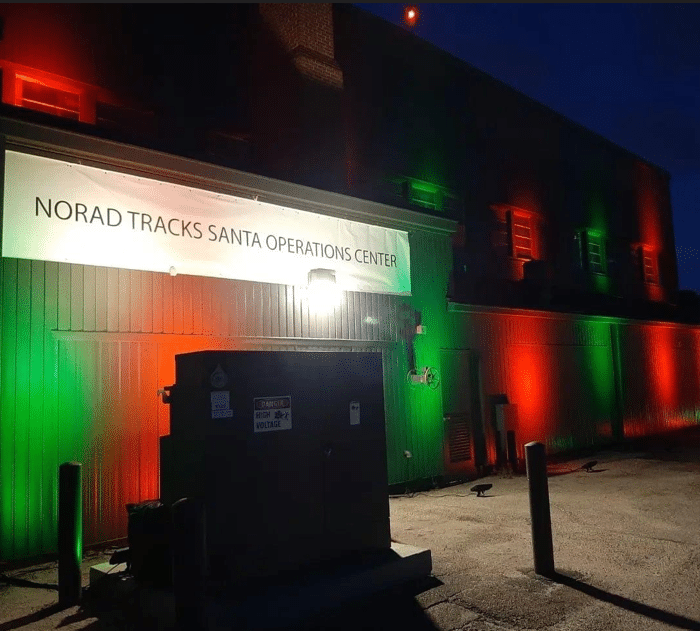By Denise Cárdenas López, Technical & Compliance Director/VP International Business Line
Nuclear energy is vital to the low-carbon economy in the UK
The need to create a more sustainable energy future has driven countries and organisations to make commitments to move towards net-zero greenhouse gas emissions. Specifically, the UK has committed to reaching net zero by 2050.
Decarbonisation is critical to the United Nations’ 17 Sustainability Development Goals, and nuclear energy is a key part of the UK government’s plans for a low-carbon economy.
However, even as leaders look to the future, there is also a need to take responsibility for decommissioning 17 legacy sites across the UK. When nuclear facilities reach the end of their useful life, operations at that facility halt and the sites either need to be repurposed or decommissioned.
Nuclear site decommissioning in the UK
The Nuclear Decommissioning Authority (NDA) was established to safely clean up the UK’s earliest nuclear sites in one of Europe’s largest nuclear decommissioning and remediation programmes.
The authority’s mission is to deliver safe, secure, sustainable, and publicly acceptable solutions to nuclear clean-up and waste management challenges. It also supports the UK in becoming a global leader in the civil nuclear sector. In addition to decommissioning and nuclear waste management activities, the NDA’s work also includes stakeholder engagement, supply chain development, research and development, skills, and socio-economic community support.
It’s no small undertaking, with some estimates putting the project’s timespan at over 100 years with a cost of over £120 billion to deliver, according to the NDA’s Strategy Report.
Priorities in nuclear decommissioning in the UK
While the NDA manages an overarching group of activities to deliver on its mission, its most critical task is dealing with the most hazardous materials at these legacy sites.Once these steps are complete and the inventory is safe and secure, these nuclear facilities can be appropriately dismantled and demolished.
Beyond those urgent tasks, the authority also works to address integrated waste management and site decommissioning and remediation. Engineers interested in nuclear energy and its role in a carbon-neutral future should take note of this massive project and the organisation leading the charge.
Great British Nuclear (GBN): Paving the way for a sustainable energy future.
Enter Great British Nuclear (GBN), a pivotal force driving the development of new nuclear energy projects in the UK. With a mission to diversify, decarbonize, and domesticate electricity generation, GBN is spearheading the UK’s nuclear renaissance. This initiative is set to bolster the UK’s nuclear power generation from the current 15% to an ambitious 25% by 2050.
By contributing to reducing reliance on fossil fuels, mitigating the impacts of soaring gas prices, and fostering high-skilled green jobs, GBN is playing a crucial role in steering the UK towards a cleaner and more resilient energy future.
Challenges ahead for nuclear decommissioning
The NDA’s mission is ambitious. The path ahead will likely reveal many challenges, including engaging stakeholders to gain their trust and support, finding the most effective and efficient ways to decommission sites and moving swiftly enough to support the UK’s commitment to reach net zero by 2050.
While progress has been made toward the NDA’s goals, there is still much work to be done over the next century and beyond by engineering leaders who are committed to this project.









